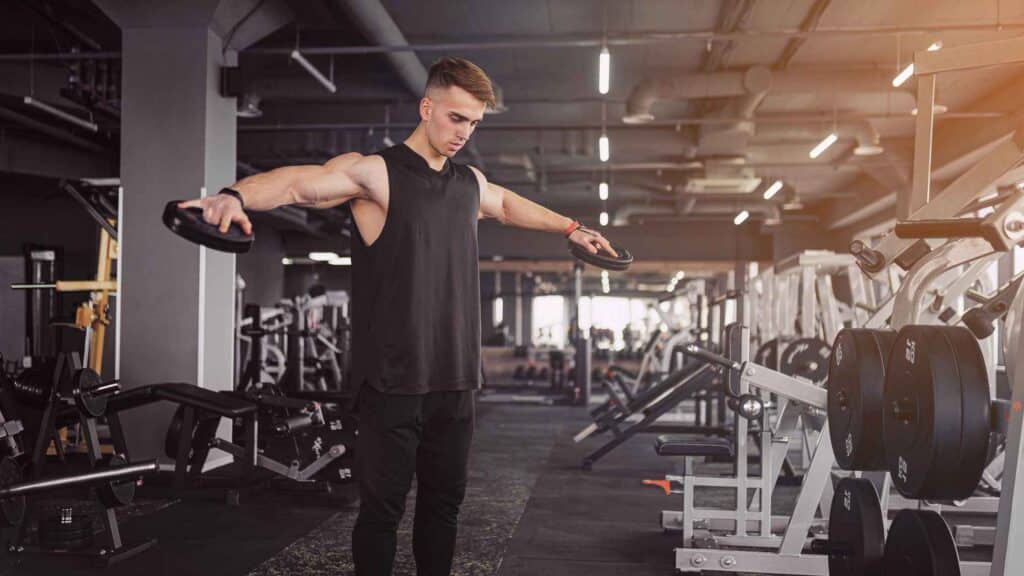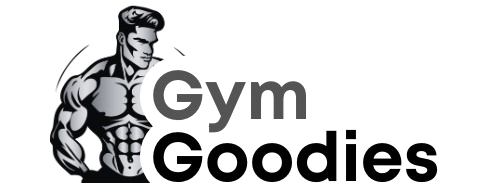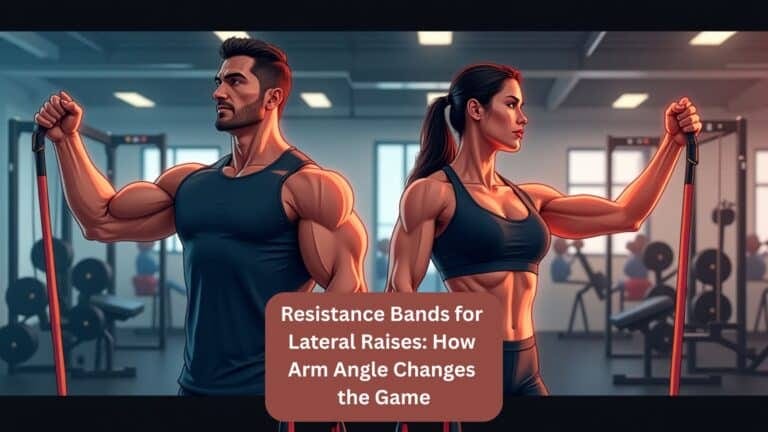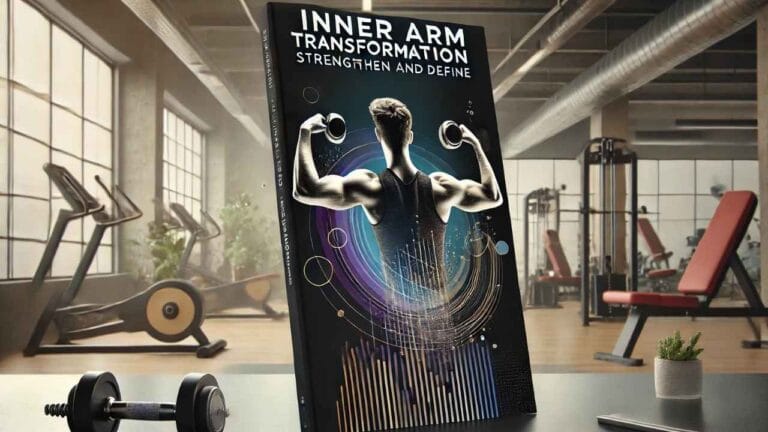Should You Avoid Straight-Arm Lateral Raises? A Physiotherapist’s Take

Ever felt a sharp pinch in your shoulder when lifting your arms sideways? You’re not alone, straight-arm lateral raises might be the culprit, but the real issue isn’t the exercise itself. It’s how you’re doing it.
As a physiotherapist with 12 years of clinical experience, I’ve seen countless clients (even seasoned gym-goers) unknowingly sabotage their shoulder health with this common move. The truth? Straight-arm lateral raises aren’t inherently bad, but they’re often performed in ways that invite injury. Let’s dissect the science, debunk myths, and explore safer alternatives so you can build strong delts without the pain.
Why Straight-Arm Lateral Raises Hurt: The Hidden Mechanics
The #1 risk with straight-arm lateral raises isn’t the weight, it’s the compromised scapular positioning that overloads your rotator cuff.
Most people perform this exercise with:
- Locked elbows (increasing lever arm strain)
- Internally rotated shoulders (pinching the supraspinatus tendon)
- Forward head posture (disrupting scapulohumeral rhythm)
*A 2024 study in the Journal of Orthopaedic & Sports Physical Therapy found that straight-arm raises increase subacromial impingement risk by 37% compared to bent-arm variations when performed above 60° abduction.*
Real-World Example:
One of my clients, a competitive swimmer, insisted straight-arm raises were essential for his sport, until we filmed his form. His raised arms looked like a “T” (shoulders hunched, elbows hyperextended). After switching to a 30° elbow bend, his shoulder pain vanished in 3 weeks.
The Overlooked Factor: Scapular Stability
Your shoulder blades are the foundation of every arm movement, yet most lifters treat them as passive bystanders.
Think of your scapulae as platform stabilizers on a crane: if the base wobbles, the arm can’t lift safely. A 2023 British Journal of Sports Medicine meta-analysis confirmed that scapular dyskinesia (poor movement control) contributes to 68% of non-traumatic shoulder injuries.
Quick Stability Test:
- Stand against a wall with knees slightly bent.
- Try a straight-arm raise while keeping your mid-back flat to the wall.
If your ribs flare or shoulders shrug, your scapular stabilizers are asleep at the wheel.
Myth Debunked: “Straight Arms = Better Deltoid Activation”
Science says otherwise: a 15–30° elbow bend recruits more deltoid fibers while reducing joint stress.
EMG studies show:
| Variation | Anterior Deltoid Activation | Middle Deltoid Activation | Joint Compression |
| Straight-arm | 72% | 68% | High |
| 30° bend | 78% | 82% | Moderate |
Visual Cue:
Imagine holding a soup can sideways, your elbow naturally bends slightly to avoid spilling. That’s your ideal raise angle.
Safer Progression: Pain-Free Shoulders in 4 Weeks
Phase 1: Prep (Week 1–2)
Exercise: Bent-arm lateral raises (30° elbow bend)
- Weight: 40–50% of your usual straight-arm load
- Cue: “Pour the soup” (external rotate slightly at the top)
- Sets: 3×12 with 2s pause at 90°
Phase 2: Modify (Week 3–4)
Add: Scapular retraction bands
- Loop a mini-band around your wrists to activate rear delts/scapular retractors
- Bonus: 2025 research in Frontiers in Physiology shows banded variations improve rotator cuff endurance by 29%
Phase 3: Progress (Week 4+)
Advanced Option: Single-arm landmine press
- Mimics lateral raise motion with axial loading (safer for labrum)
- Pro Tip: Keep pinky finger higher than thumb to maintain external rotation
When to Actually Avoid Straight-Arm Raises
Red flags requiring modification:
Pain during any shoulder abduction
Previous rotator cuff/labrum injuries
Audible clicking/grinding
Better Alternatives:
- Prone Y-raises (trains similar muscles with scapular support)
- Cable lateral raises (maintains tension without momentum)
Final Thought:
Bend your elbows 30° to boost deltoid activation and reduce joint strain
Engage scapular stabilizers before lifting (think “pull shoulders down and back”)
Ditch straight-arm raises if you have impingement symptoms or poor scapular control
Your shoulders aren’t “weak”, they’re likely just misunderstood. With smarter mechanics, you can train pain-free for decades.
Disclaimer:
It should be remembered that the information available at gymgoodies.net is constantly evolving and is up-to-date and authentic information on fitness, exercises, and health.
I am a veteran bodybuilder, considering I have been active in the industry for quite some time. I ensure that the content shared reflects the lessons I have learned in my years of training and working or all the exposure I have had.
That said, it must be understood that the information available on this portal is obtained through communication channels and is primarily for education and information. Some factors and changes occur, and the issues discussed in this website address such things.
Every piece of advice regarding fitness or health should be taken with caution.
You might need the assistance of fitness professionals, nutritionists, or doctors regarding your workout routine, diet, or fitness activity. Their advice should be personalized PPC, the guide you integrate into your routine, taking into account your specifications and requirements regarding your health and fitness.
This is key, considering our concern is your health and safety. Make sure you only use the data on the site to empower expert advice and nothing more.



